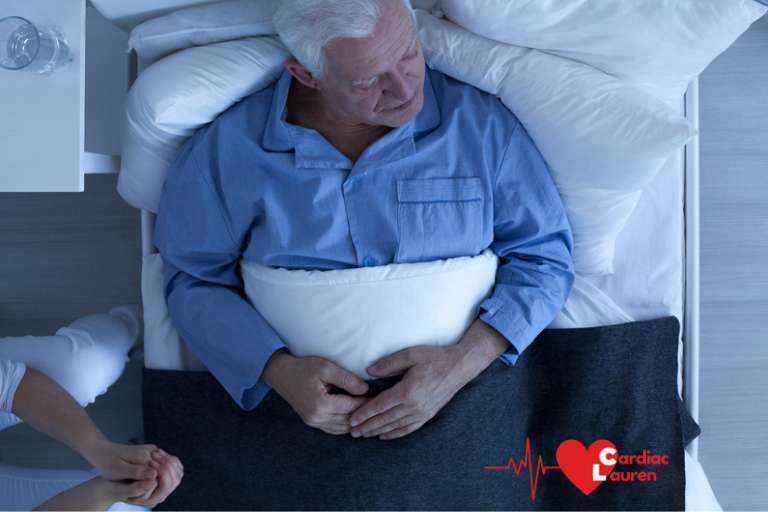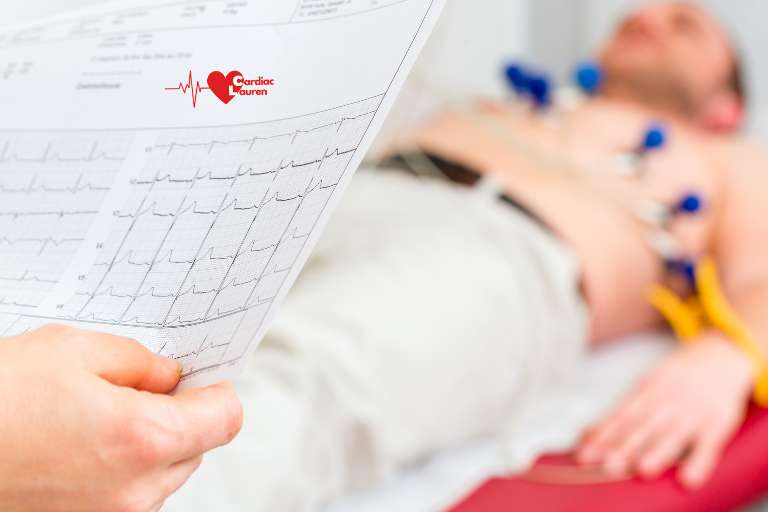What is Phase 1 (aka Phase I)?
Phase 1 cardiac rehab refers to the acute stage of the heart condition, and often, it starts from a person’s diagnosis following the heart event. Most cardiac rehabilitation patients will have been admitted to the hospital during Phase 1 – after having had the heart event (more than likely due to a myocardial infarction (heart attack)) which may have been called acute coronary syndrome on the discharge notes.
During Phase 1, the main goals of recovery are as follows:
- To stabilise the patient so that the symptoms do not worsen
- To prevent further damage to the heart
- To initiate treatments to help the heart muscle recover

As well as diagnosis of a previously undetected heart condition, Phase 1 also refers to when a previously known condition changes and now requires surgery or medical intervention of another method. Examples of this are heart valve issues, unstable angina, irregular heart rate and heart failure.
There are other forms of heart events that fall into the Phase 1 category, such as SCAD (spontaneous coronary artery dissection) and cardiac arrest, as well as a diagnosis of cardiomyopathy.
Acute Coronary Syndrome
Acute Coronary Syndrome includes unstable angina and myocardial infarction (STEMI or NSTEMI).
Unstable angina, unlike myocardial infarction (a heart event), is where the narrowing of a coronary (heart) artery is so much that, temporarily, blood flow through that area of the artery is blocked. It will resolve itself, whereas a myocardial infarction continues. If stable angina no longer follows a pattern, then it is classified as unstable angina.
Myocardial infarction results from an atheromatous plaque rupturing in one of the coronary (heart) arteries and a blood clot forming, occluding/blocking the artery so blood flow is reduced dramatically or stopped.
Both can result in people experiencing chest pain, shortness of breath, and a general feeling of being unwell.
What Tests Are Performed During Phase 1?
If someone is experiencing chest pain or other symptoms that the paramedic or doctor feels may be acute coronary syndrome, they will first perform an ECG (electrocardiogram). This is a non-invasive, painless medical test that measures the electrical activity of the heart. The test is performed by placing small electrodes on the skin of the chest and torso, which are connected to a machine that records the electrical signals produced by the heart. An electrocardiogram can determine if there is any ischaemia (lack of blood supply to areas of the heart), its severity and if you are having a STEMI or NSTEMI.
Further Tests in Phase 1
In addition to this, a blood test will also be conducted during Phase 1 to see if the protein molecule Troponin, found in the cardiac muscle, has been released into the bloodstream. Troponin is an early marker of cardiac trauma and injury, and it can stay elevated sometime after the heart event. This is why a second blood test is normally done 6-12 hours later to compare the results; the higher the first reading the bigger the heart attack.
Any further tests will depend on the results of the ECG and blood test. Some people will go straight to what doctors call the Cath Lab (catheter lab) and have an angiogram which may result in angioplasty and/or a stent(s) fitted. These treatments gently open up the arteries around the heart to prevent future blockage.
Other patients will be monitored and later have further examinations such as a cardiac MRI, myocardial CT scan, echocardiogram, ECG exercise treadmill test, and myocardial perfusion scan, or be medically managed. This may result in surgery in the future such as CABG (Coronary Artery By-Pass Graft), further stents, pacemakers, ICDs (Implantable Cardioverter-Defibrilator) or interventions to help regulate heart rates.

What Happens After Phase 1 Testing?
During and after Phase 1 testing, specialist cardiac rehab nurses will be present in the hospital wards and will be responsible for the care of the patient from admission to discharge. They will provide verbal and written information about how to manage in the early stages of recovery, look at the management of pain, and patient’s transition back to the home (i.e., be able to wash and dress, climb stairs and walk short distances) and provide details of the Phase 2 cardiac rehab programme in the area. Recovery times and the length of time in the hospital are reducing and some people are only kept in for 2-5 days.

